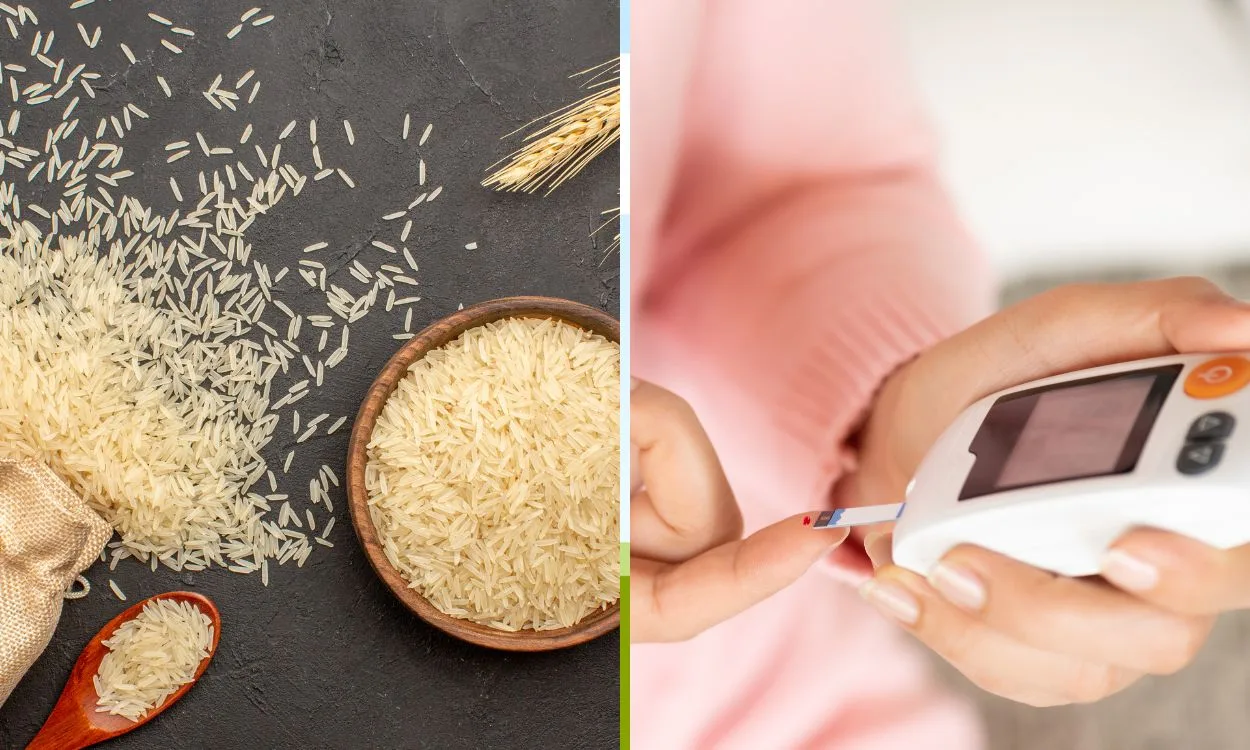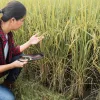Rice and Diabetes: Understanding the Impact on Blood Sugar Levels
Introduction:
Diabetes is a chronic disease that affects millions of people worldwide. It is a condition where the body is unable to produce or use insulin effectively, leading to high blood sugar levels. One of the most common dietary concerns for people with diabetes is the consumption of rice. Rice is a staple food in many parts of the world, including India. In this article, we will explore the impact of rice on blood sugar levels and provide tips on how to incorporate rice into a diabetes-friendly diet.
The Impact of Rice on Blood Sugar Levels:
Rice is a high-carbohydrate food that can cause a rapid increase in blood sugar levels. When we eat rice, our body breaks down the carbohydrates into glucose, which enters the bloodstream and raises blood sugar levels. The glycemic index (GI) is a measure of how quickly a food raises blood sugar levels. Foods with a high GI, such as white rice, can cause a rapid increase in blood sugar levels, while foods with a low GI, such as brown rice, cause a slower and more gradual increase.
Tips for Incorporating Rice into a Diabetes-Friendly Diet:
- Choose the right type of rice: Brown rice has a lower GI than white rice, making it a better choice for people with diabetes. Brown rice is also higher in fiber, which can help regulate blood sugar levels.
- Watch your portion sizes: Eating too much rice can cause a rapid increase in blood sugar levels. It is important to watch your portion sizes and limit your intake of rice to one cup per meal.
- Pair rice with protein and fiber: Eating rice with protein and fiber can help slow down the absorption of glucose into the bloodstream. For example, you can pair rice with vegetables, lentils, or grilled chicken.
- Avoid processed rice products: Processed rice products, such as instant rice and rice noodles, have a higher GI than whole grain rice. It is best to avoid these products and opt for whole grain rice instead.
Conclusion:
Rice is a staple food in many parts of the world, including India. For people with diabetes, it is important to choose the right type of rice, watch portion sizes, and pair rice with protein and fiber. By following these tips, you can incorporate rice into a diabetes-friendly diet and manage your blood sugar levels effectively. At Fitpaa, we are committed to helping you achieve your health and fitness goals. Download the Fitpaa app today and start your journey towards a healthier and happier life.









